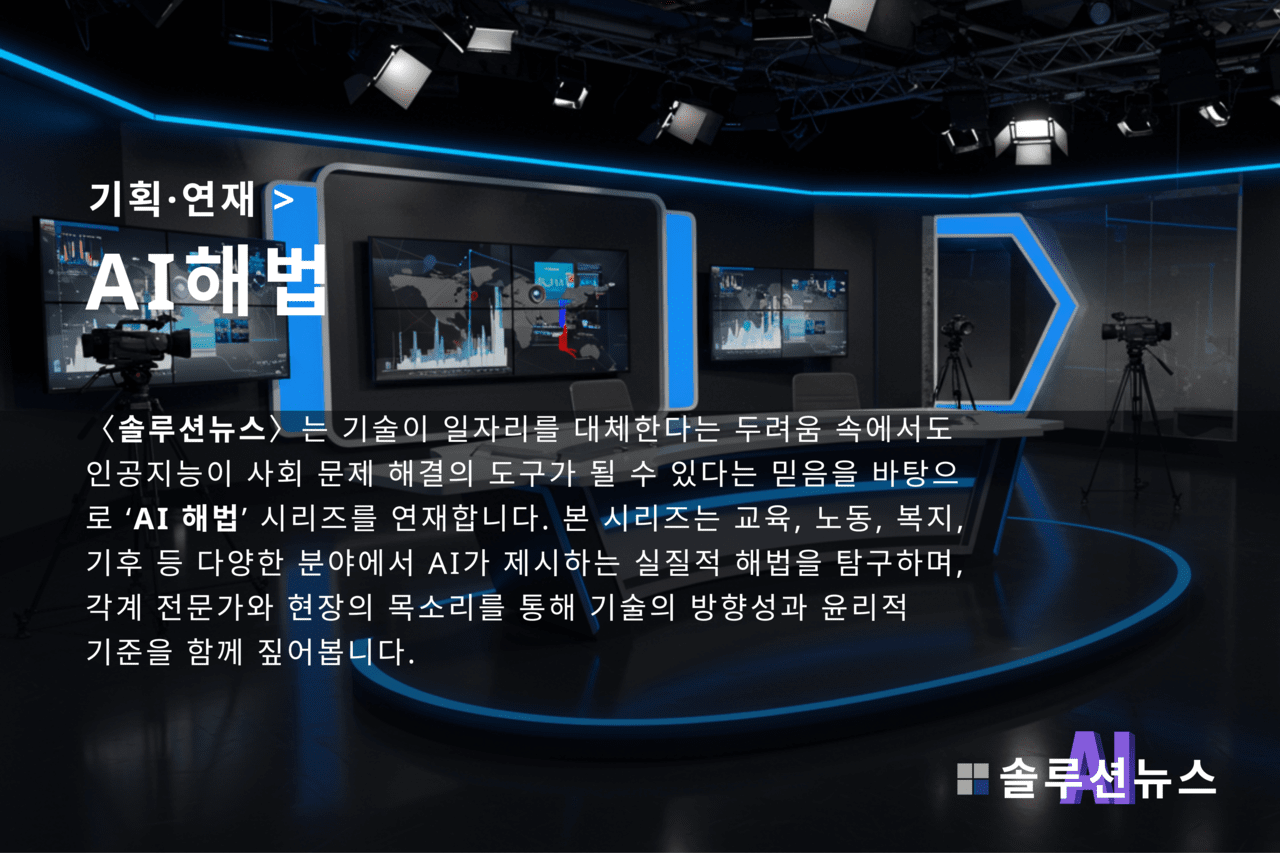The Korean countryside is currently on the brink of extinction. The youth are leaving for cities, while the remaining elderly population finds it difficult to continue farming. More than half of the counties and districts nationwide are classified as areas at risk of extinction, and the shortage of labor and limitations of traditional agriculture are leading to a structural crisis. In this desperate situation, AI-based smart farms are gaining attention as a new solution.
Smart farming is a method that optimizes the entire farming process by automatically controlling the cultivation environment and analyzing the growth status of crops in real-time. When sensors detect temperature, humidity, carbon dioxide levels, etc., AI predicts the possibility of pest occurrences or harvest times based on the collected data. The traditional agriculture that relied on experience is transitioning to a data-driven approach.
The first effect observed in the field is that the work burden is reduced. Facilities can be remotely controlled via smartphones and predictive models can be used to identify when labor is needed in advance, reducing physical exertion. Automation has become a necessity, not a choice, for the farming population, whose average age is 67 years.
The interest among young people is also changing. A generation familiar with technology views smart farming as an industrial model rather than just a means of production. In some regions, programs linked to startup farming education are being conducted, where the process of analyzing data and designing systems itself acts as a lure for returning to agriculture. Farming is being re-perceived as a field of advanced technology, marking a turning point.
The government has also responded. The Ministry of Agriculture, Food, and Rural Affairs is establishing smart farm innovation valleys in over 40 regions nationwide, promoting a structure that connects support for young successor farmers, R&D, finance, and startup incubation. Smart farming is being noted as a focal point not only for short-term productivity improvement but also for the transformation of the agricultural structure.
However, there are clear obstacles still to overcome. The initial installation cost amounts to tens of millions of won, becoming a barrier to entry for small and medium-sized farms, and there are criticisms that it is difficult to respond quickly when system malfunctions occur. The issue of the elder population’s digital illiteracy remains an unsolved challenge. Beyond the simple distribution of equipment, field-centric operational support and sustainable education need to be conducted in parallel.
The crisis in rural areas is not just the contraction of the industry but a problem of the foundation of life being undermined. Technology can be the means to restore that foundation. Automation reduces labor, data guides the direction of farming, and youth can return by seeing the future. To ensure that smart farming is not just a fleeting trend, both technology and people must be prepared together.
The sustainability of agriculture is not made on land but on a designed structure.
